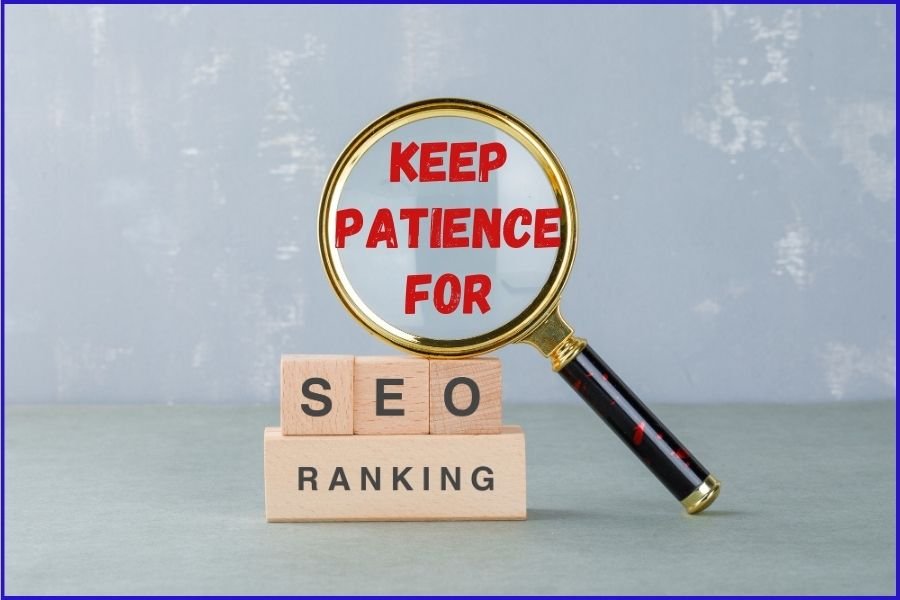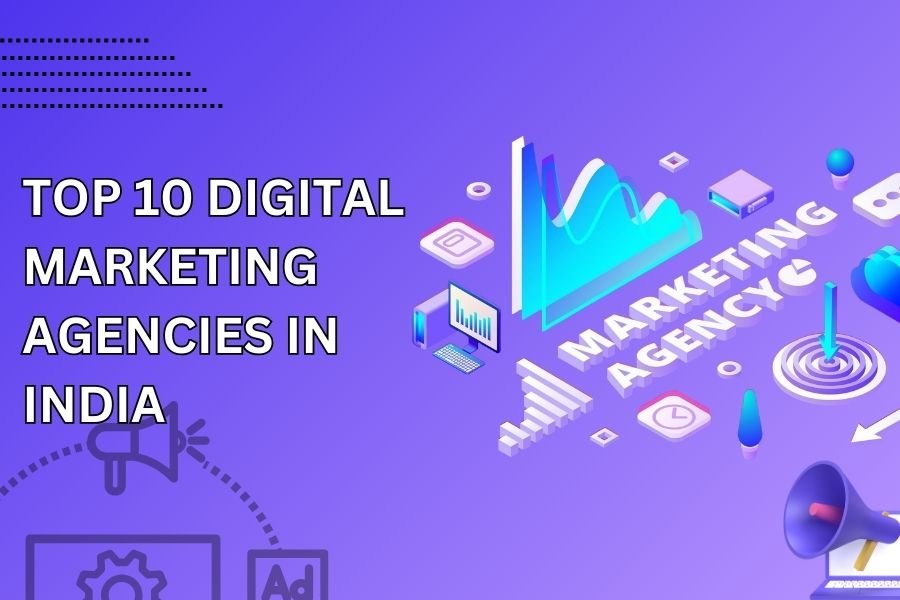Optimizing Banking Success: Navigating SEO Challenges and Solutions
Introduction
The introduction sets the stage for understanding the critical role of Search Engine Optimization (SEO) in the banking industry. It briefly outlines the core concept of SEO and its relevance in the contemporary digital landscape. The primary focus is on how SEO serves as a pivotal tool for enhancing online visibility, customer engagement, and overall success in the competitive banking sector. The introduction aims to captivate the reader’s attention, highlighting the forthcoming exploration of specific challenges and solutions related to SEO in the context of banking.
Brief overview of the significance of SEO in the banking industry
This section delves into the broader context of why SEO holds substantial significance for banks. It emphasizes the digital transformation that the banking sector has undergone in recent years, with an increasing number of customers relying on online platforms for their financial needs. The overview details how effective SEO strategies contribute to a bank’s online presence, brand image, and customer acquisition. It explores the interconnectedness of SEO with customer trust and loyalty, as well as the financial institution’s ability to stay competitive in a rapidly evolving digital ecosystem.
Highlighting the role of SEO in driving organic traffic to banking websites, the overview touches upon the impact of search engine rankings on customer trust and acquisition. Additionally, it discusses the role of SEO in shaping a bank’s reputation and credibility in the online space. The overview serves as a foundation for understanding why addressing SEO challenges is crucial for optimizing success in the banking industry.
Importance of addressing pain points in the banking sector through SEO
In the rapidly evolving landscape of the banking sector, establishing a robust online presence has become imperative. Search Engine Optimization (SEO) plays a pivotal role in this process, offering a strategic approach to address the pain points faced by the industry. By optimizing digital content, banking institutions can enhance visibility, attract relevant traffic, and ultimately improve customer engagement.
SEO enables banks to align their online platforms with customer needs, ensuring that vital information is easily accessible. Addressing pain points through SEO involves identifying common challenges such as outdated website structures, suboptimal mobile responsiveness, and content that fails to meet user intent. By leveraging SEO best practices, banks can revamp their digital interfaces, enhance user experience, and establish themselves as reliable sources of information in the competitive online space.
Moreover, SEO aids in building trust and credibility, crucial factors in the banking sector. Addressing pain points effectively through SEO demonstrates a commitment to providing a seamless digital experience, fostering customer trust, and positioning the bank as a leader in meeting evolving consumer expectations.
Pain Points in Banking SEO
While the benefits of SEO in banking are substantial, the industry also faces unique challenges that can hinder effective implementation.
1. Regulatory Compliance: The banking sector operates under strict regulatory frameworks, and ensuring SEO strategies comply with these regulations can be challenging. Balancing the need for visibility with regulatory constraints requires a nuanced approach.
2. Security Concerns: Security is paramount in the banking industry, and SEO efforts must not compromise the confidentiality and integrity of customer data. Implementing robust cybersecurity measures while optimizing for search engines is a delicate balance.
3. Complexity of Financial Products: Banking services often involve complex financial products and services. Creating SEO-friendly content that is both informative and compliant can be challenging, as it requires a deep understanding of financial jargon and regulatory requirements.
4. Localized SEO Challenges: Many banks operate in multiple locations, each with its unique market dynamics. Localized SEO strategies are essential, but managing the nuances of different regions can pose difficulties, especially for large banking institutions.
5. Algorithm Changes and Updates: Search engine algorithms are constantly evolving, and keeping up with these changes is a continuous challenge. Banks need to stay agile in adjusting their SEO strategies to align with the latest algorithm updates to maintain or improve their search rankings.
Solutions to Banking SEO Pain Points
In the dynamic landscape of online banking, search engine optimization (SEO) plays a pivotal role in ensuring visibility and success. However, numerous challenges often impede the effectiveness of SEO strategies. This section will delve into these challenges and provide insightful solutions to address them.
1. Competitive Keyword Analysis: Banking websites often compete for high-value keywords, making it challenging to rank prominently on search engine results pages (SERPs). Employing advanced keyword analysis tools and strategies, such as long-tail keywords and semantic search optimization, can help banks carve a niche and enhance their SEO performance.
2. Regulatory Compliance: The finance industry is subject to stringent regulations, and this includes the digital realm. Achieving SEO success while adhering to these regulations requires a delicate balance. We will explore compliant SEO strategies, ensuring that banking websites stay within legal boundaries while optimizing their content for search engines.
3. Mobile Optimization: With the increasing use of mobile devices for banking transactions, optimizing for mobile search is critical. Addressing mobile-specific SEO challenges, such as responsive design, fast loading times, and mobile-friendly content, is essential for improving overall SEO performance in the banking sector.
4. Local SEO for Branches: For banks with physical branches, local SEO is crucial. Balancing a national online presence with local optimization requires a nuanced approach. This section will provide strategies for optimizing local SEO, including Google My Business optimization, local keyword targeting, and location-based content creation.
5. Reputation Management: Trust is paramount in the banking industry. Negative reviews or poor online reputation can significantly impact SEO. We will explore reputation management strategies, including proactive online engagement, soliciting positive reviews, and addressing customer concerns promptly to build and maintain a positive online reputation.
Content Optimization
Effective content optimization is the backbone of any successful SEO strategy. In the banking sector, where trust and credibility are paramount, optimizing content becomes even more critical. This section will explore strategies for creating and optimizing banking content to improve search engine rankings and user engagement.
1. Keyword Integration: Proper integration of the focus keyword “SEO Challenges” and relevant banking keywords is essential for search engine visibility. We will discuss best practices for keyword placement, density, and variations to enhance the overall SEO performance of banking content.
2. High-Quality, Informative Content: Search engines prioritize high-quality, informative content. This section will provide guidance on creating content that not only meets the informational needs of users but also aligns with SEO best practices. This includes crafting engaging meta descriptions, headers, and user-friendly content structures.
3. Multimedia Optimization: Beyond text, optimizing multimedia elements such as images and videos is crucial for a comprehensive SEO strategy. We will explore techniques for optimizing multimedia content, including image alt text, video transcripts, and file compression, to improve both user experience and search engine rankings.
Advanced Keyword Strategy
This section explores a sophisticated approach to keyword optimization, delving into advanced strategies that go beyond basic keyword research. By incorporating these techniques, banking websites can elevate their SEO efforts and improve their online visibility.
1. Semantic Keyword Targeting: Understand user intent and implement semantic keyword targeting to capture a broader range of search queries. Create content clusters around core topics, incorporating related semantic keywords to establish topical authority.
2. Long-Tail Keyword Optimization: Identify and target specific, industry-related long-tail keywords to capture niche audiences. Develop content that addresses specific user queries and provides in-depth information on banking products and services.
3. SERP Feature Optimization: Identify opportunities to appear in featured snippets, knowledge graphs, and other SERP features. Structure content to answer common questions concisely, increasing the likelihood of being featured in rich snippets.
4. Voice Search Optimization: Adapt content for natural language queries to align with the rise of voice search. Focus on conversational and question-based content that mirrors the way users speak when using voice-activated devices.
Monitoring and Analytics
Monitoring and analyzing SEO performance are integral components of a successful digital strategy. This section explores the tools and techniques banks can leverage to gain valuable insights into their SEO efforts.
1. SEO Audits: Regular SEO audits are essential for identifying and rectifying issues affecting a website’s performance. This subsection explains the importance of comprehensive SEO audits, detailing the key elements to review, such as on-page SEO, technical SEO, and off-page SEO. By conducting regular audits, banks can proactively address potential issues and optimize their websites for search engines.
2. Performance Tracking and KPIs: Establishing key performance indicators (KPIs) is vital for tracking the success of SEO initiatives. This section outlines relevant KPIs for banking websites, including organic traffic growth, keyword rankings, and conversion rates. By setting clear KPIs and regularly monitoring performance, banks can refine their strategies and adapt to changing search engine algorithms.
3. Competitor Analysis: Understanding the competitive landscape is crucial for staying ahead in SEO. This subsection explores the importance of competitor analysis, highlighting tools and methods for evaluating competitors’ strategies. By benchmarking against industry peers, banks can identify opportunities and gaps in their own SEO approach.
Benefits of Implementing SEO in Banking
Search Engine Optimization (SEO) plays a pivotal role in enhancing the online visibility of banking institutions, bringing forth several benefits for those who choose to implement it effectively.
Increased Online Visibility: SEO strategies ensure that banking websites rank higher in search engine results, making them more likely to be found by potential customers. This increased visibility is crucial for attracting new clients and retaining existing ones.
1. Enhanced User Experience: SEO involves optimizing website elements such as site structure, navigation, and content. This optimization not only satisfies search engine algorithms but also improves the overall user experience, leading to increased customer satisfaction and engagement.
2. Competitive Advantage: In the highly competitive banking industry, standing out from the crowd is essential. Effective SEO can give banks a competitive edge by ensuring that their online presence is robust, relevant, and easily discoverable by users searching for financial services.
3. Targeted Marketing: SEO allows banks to target specific demographics and geographic locations. This targeted approach ensures that the marketing efforts are directed towards the most relevant audience, increasing the likelihood of conversion and customer acquisition.
4. Builds Credibility and Trust: A high-ranking website is often perceived as more credible and trustworthy. By optimizing for SEO, banks can build a positive online reputation, instilling confidence in potential customers and fostering long-term relationships.
5. Measurable ROI: SEO efforts are trackable and measurable, providing valuable insights into the effectiveness of various strategies. This data-driven approach enables banks to refine their tactics continually, ensuring a higher return on investment (ROI) for their digital marketing efforts.
Conclusion
In the ever-evolving landscape of banking, the significance of digital presence cannot be overstated. Optimizing Banking Success: Navigating SEO Challenges and Solutions underscores the critical role that Search Engine Optimization (SEO) plays in the success of financial institutions. Throughout this exploration of SEO challenges, we have delved into the complexities of achieving visibility in an overcrowded online space. The financial sector faces unique hurdles, from stringent regulations to dynamic market trends, making it imperative for banks to adopt tailored SEO strategies.
As we navigate these challenges, one solution consistently emerges as a beacon of expertise: RK Media Digital Marketing Agency. Their nuanced understanding of the banking industry, coupled with a mastery of SEO intricacies, positions them as pioneers in optimizing digital success for financial institutions. In conclusion, the journey to banking success amidst SEO challenges finds its compass in the expertise of RK Media Digital Marketing Agency, guiding institutions towards enhanced online visibility and sustained growth in an increasingly competitive digital landscape.
FAQs
1. Why is SEO important for banks in the digital age?
Answer: In the digital age, banks face increased competition online. SEO is crucial for enhancing their online visibility, attracting customers, and staying competitive. It plays a pivotal role in shaping a bank’s reputation, credibility, and overall success in the dynamic digital landscape.
2. What challenges does the banking sector face in implementing SEO strategies?
Answer: The banking sector encounters unique challenges, including regulatory compliance, security concerns, complexities of financial products, localized SEO difficulties, and the constant evolution of search engine algorithms. Addressing these challenges is essential for effective SEO implementation.
3. How does SEO contribute to addressing pain points in the banking sector?
Answer: SEO helps banks address pain points by optimizing digital content, improving website structures, enhancing mobile responsiveness, and aligning online platforms with customer needs. It fosters trust and credibility through a commitment to providing a seamless digital experience, ultimately improving customer engagement.
4. What are the key solutions to common SEO challenges faced by banks?
Answer: Solutions include competitive keyword analysis, regulatory compliance strategies, mobile optimization, local SEO for branches, and reputation management. These approaches aim to balance the unique needs of the banking industry with effective SEO practices to ensure visibility and success.
5. How can banks measure the success of their SEO efforts?
Answer: Banks can measure SEO success through regular SEO audits, tracking key performance indicators (KPIs) like organic traffic growth and conversion rates, and conducting competitor analysis. This data-driven approach enables banks to refine their strategies and achieve a measurable return on investment (ROI).
Image Reference: Freepik
Disclaimer: All trademarks, logos, and brand names are the property of their respective owners. All company, product, and service names used in this website are for identification purposes only. Use of these names, trademarks, and brands does not imply endorsement.


















